17 Miquel Barceló Muletero signed, signed with the artist’s initials, titled and dated 'MB BArcelo VIII.90 MULETERO MB' on the reverse mixed media on canvas 130.8 x 161.2 cm (51 1/2 x 63 1/2 in.) Executed in 1990.
Provenance Galerie Bruno Bischofberger, Zurich Private Collection, Europe Sotheby's, London, 29 June 2011, lot 73 Acquired at the above sale by the present owner Exhibited Zurich, Galerie Bruno Bischofberger, Miquel Barceló Toros, 1991, no. 54 (illustrated) Video Energy and Violence: Looking at Miquel Barceló's 'Muletero' "To me the violence and destructive process used in producing this painting is comparable to that of the process of a bullfight. The brutality, but also the craftsmanship and the skill involved..." The Head of our 20th Century and Contemporary Art Evening Sale Henry Highley elaborates on Miquel Barceló's seminal bullfight series looking at 'Muletero', 1990 from our upcoming Evening Sale, on view now at 30 Berkeley Square. Catalogue Essay Plunging the viewer into the midst of the arena, Miquel Barceló's Muletero is one of the artist's highly-celebrated bullfight pictures, painted in 1990. Across more than a metre and a half, the surface of the picture is heaped with incident, impasto and mixed media, spilling from the wall into the viewer's world. Despite this, the yellow sand of the arena appears as the eye of the storm, a void within the vortex of the walls and audience, a zone of immense clarity where the traces of action are visible, and the focus is upon the figure of the torero, the charging bull and the red flash of the muleta. This is the cape used to attract and tease the bull during the corrida, and gives the muletero - and hence this painting - his name. During this part of a bullfight, the torero attempts to control the bull, taunting it with the red cape, providing a target, and deftly avoiding collision. The closer the margin between them, the greater the effect - as appears to be the case in Muletero, where the bull and the man are shown almost clutched together, only the red of the material separating them, the calligraphic brushstrokes of black almost meeting across it. Barceló is an incredibly erudite artist; during the 1980s, many of his works took the form of dialogues with the weighty burden of Western artistic culture. However, in 1988, seeking an escape from the glut of culture and information that was appearing in his works, Barceló travelled to Africa, where he has maintained a home ever since. There, he was able to flush out superfluity, focussing on the essential in his pictures as in life itself. A new luminosity came to dominate his paintings, and this is clearly in evidence in Muletero. Here, the sand, with its subtle swirl and its occasional bruises of other colours, hinting perhaps at earlier spilt blood, echoes the deserts of Africa that had so inspired him. The sheer clarity of this picture, with its focus on the tiny knot of action around the muletero himself, reflects the new path that Barceló had discovered. The theme of the bullfight, so engrained in Spanish culture and the Spanish artistic tradition, affords the viewer a 'before' and 'after' view of the impact of Africa on Barceló's paintings. Earlier in 1988, Barceló had also been commissioned to create a poster for a bullfight in Nimes, France. Two years later, after his African epiphany, he returned to the theme in a string of paintings that included Muletero. Taking the theme of the corrida, Barceló was joining the long line of artists who have treated the subject, for instance Salvador Dalí André Masson Pablo Picasso Francis Bacon and of course Francisco José de Goya y Lucientes, whose Tauromaquia is revered to this day. More recently, in 2011, Barceló was once again commissioned for a poster promoting bullfights - in this case, the final one to be held in Barcelona before they were banned in Catalonia. Bullfights continue to arouse great emotions, with huge support from aficionados seeing them enshrined within the cultural and even political firmament in Spain. They also provoke contrastingly strong criticism, for instance in Barcelona, where they have been outlawed. There remains strong support for the corrida
17 Miquel Barceló Muletero signed, signed with the artist’s initials, titled and dated 'MB BArcelo VIII.90 MULETERO MB' on the reverse mixed media on canvas 130.8 x 161.2 cm (51 1/2 x 63 1/2 in.) Executed in 1990.
Provenance Galerie Bruno Bischofberger, Zurich Private Collection, Europe Sotheby's, London, 29 June 2011, lot 73 Acquired at the above sale by the present owner Exhibited Zurich, Galerie Bruno Bischofberger, Miquel Barceló Toros, 1991, no. 54 (illustrated) Video Energy and Violence: Looking at Miquel Barceló's 'Muletero' "To me the violence and destructive process used in producing this painting is comparable to that of the process of a bullfight. The brutality, but also the craftsmanship and the skill involved..." The Head of our 20th Century and Contemporary Art Evening Sale Henry Highley elaborates on Miquel Barceló's seminal bullfight series looking at 'Muletero', 1990 from our upcoming Evening Sale, on view now at 30 Berkeley Square. Catalogue Essay Plunging the viewer into the midst of the arena, Miquel Barceló's Muletero is one of the artist's highly-celebrated bullfight pictures, painted in 1990. Across more than a metre and a half, the surface of the picture is heaped with incident, impasto and mixed media, spilling from the wall into the viewer's world. Despite this, the yellow sand of the arena appears as the eye of the storm, a void within the vortex of the walls and audience, a zone of immense clarity where the traces of action are visible, and the focus is upon the figure of the torero, the charging bull and the red flash of the muleta. This is the cape used to attract and tease the bull during the corrida, and gives the muletero - and hence this painting - his name. During this part of a bullfight, the torero attempts to control the bull, taunting it with the red cape, providing a target, and deftly avoiding collision. The closer the margin between them, the greater the effect - as appears to be the case in Muletero, where the bull and the man are shown almost clutched together, only the red of the material separating them, the calligraphic brushstrokes of black almost meeting across it. Barceló is an incredibly erudite artist; during the 1980s, many of his works took the form of dialogues with the weighty burden of Western artistic culture. However, in 1988, seeking an escape from the glut of culture and information that was appearing in his works, Barceló travelled to Africa, where he has maintained a home ever since. There, he was able to flush out superfluity, focussing on the essential in his pictures as in life itself. A new luminosity came to dominate his paintings, and this is clearly in evidence in Muletero. Here, the sand, with its subtle swirl and its occasional bruises of other colours, hinting perhaps at earlier spilt blood, echoes the deserts of Africa that had so inspired him. The sheer clarity of this picture, with its focus on the tiny knot of action around the muletero himself, reflects the new path that Barceló had discovered. The theme of the bullfight, so engrained in Spanish culture and the Spanish artistic tradition, affords the viewer a 'before' and 'after' view of the impact of Africa on Barceló's paintings. Earlier in 1988, Barceló had also been commissioned to create a poster for a bullfight in Nimes, France. Two years later, after his African epiphany, he returned to the theme in a string of paintings that included Muletero. Taking the theme of the corrida, Barceló was joining the long line of artists who have treated the subject, for instance Salvador Dalí André Masson Pablo Picasso Francis Bacon and of course Francisco José de Goya y Lucientes, whose Tauromaquia is revered to this day. More recently, in 2011, Barceló was once again commissioned for a poster promoting bullfights - in this case, the final one to be held in Barcelona before they were banned in Catalonia. Bullfights continue to arouse great emotions, with huge support from aficionados seeing them enshrined within the cultural and even political firmament in Spain. They also provoke contrastingly strong criticism, for instance in Barcelona, where they have been outlawed. There remains strong support for the corrida

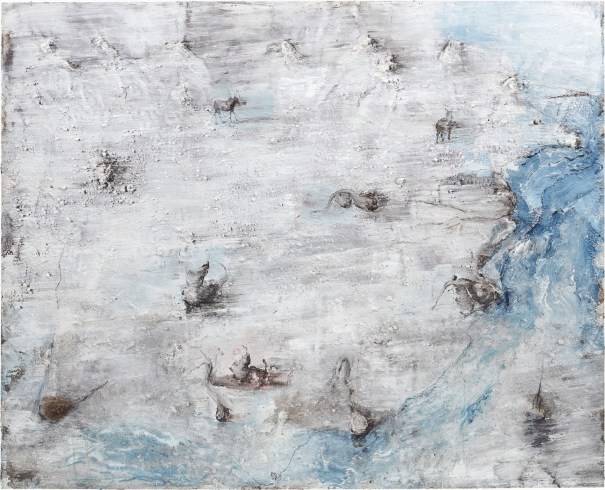
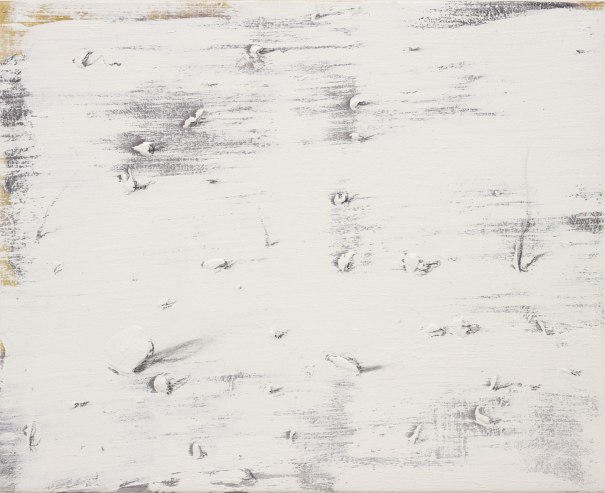
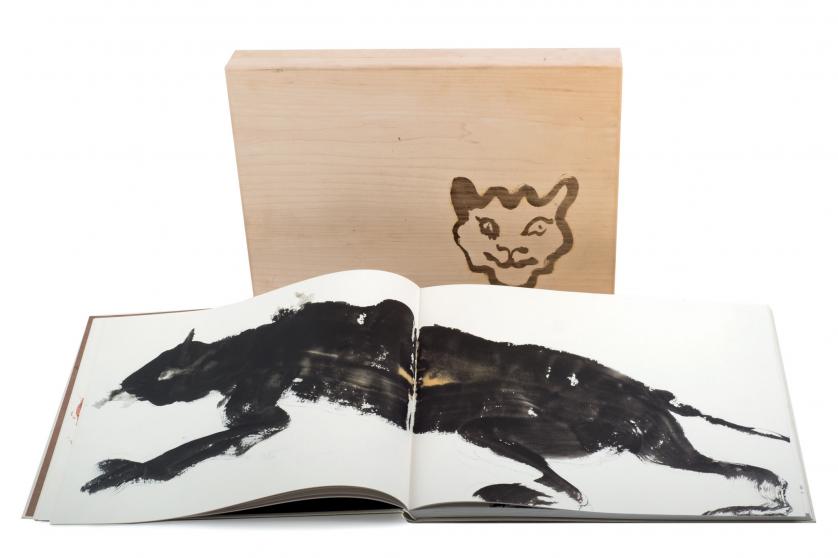
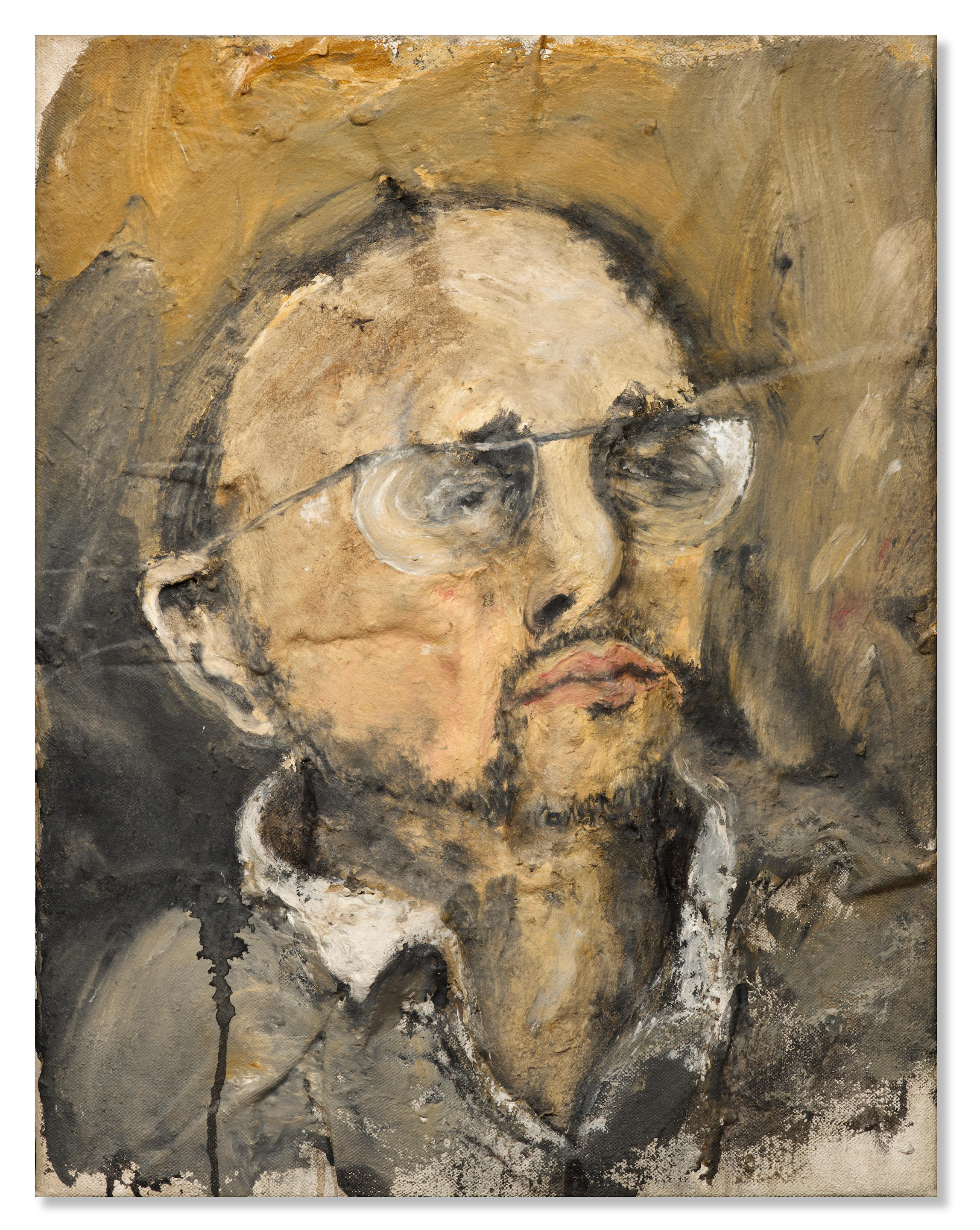
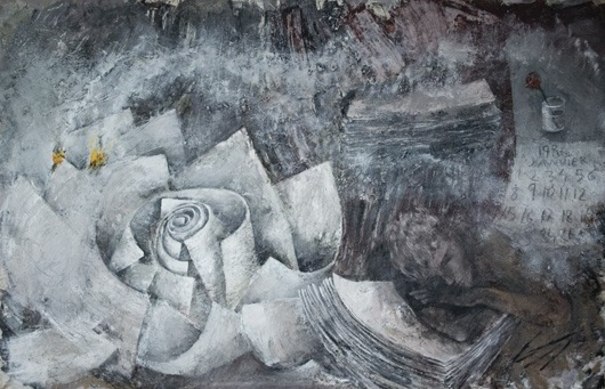


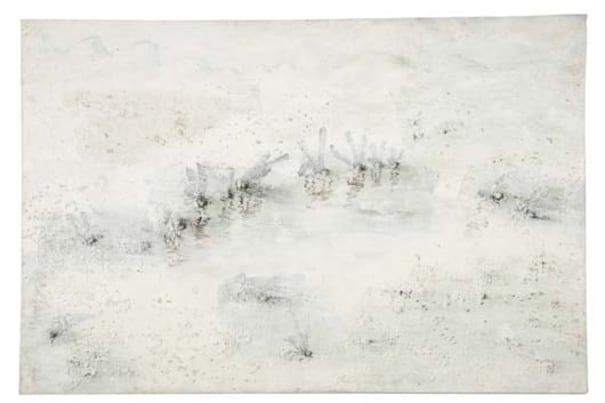

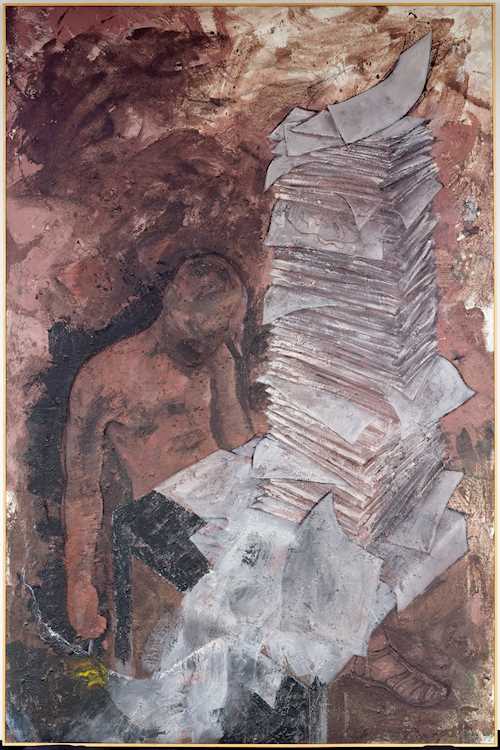


Try LotSearch and its premium features for 7 days - without any costs!
Be notified automatically about new items in upcoming auctions.
Create an alert